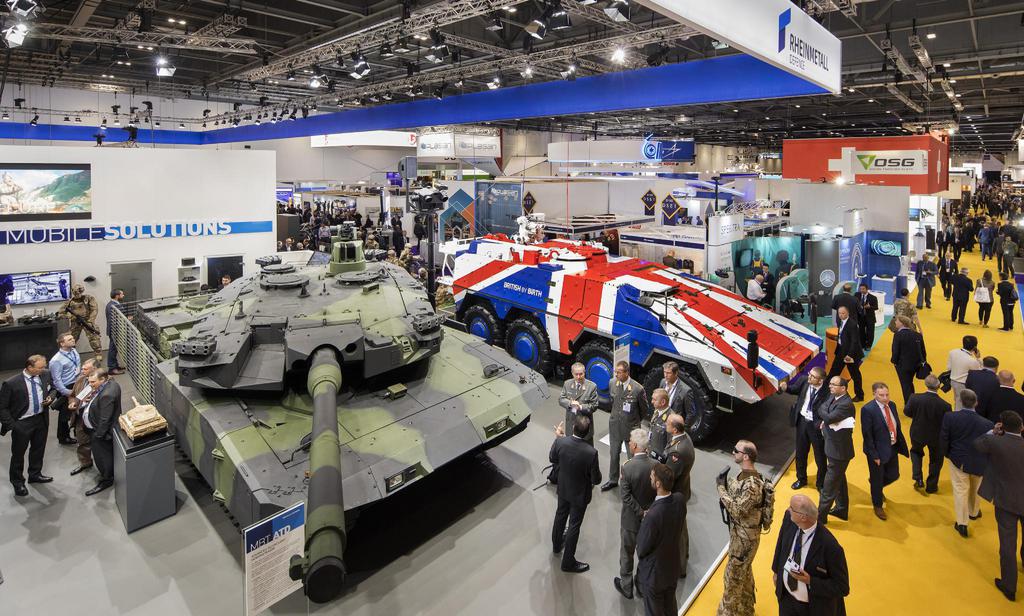Encouraged by the possibilities of cost savings, improved performance and closer customer connections, defence organisations are making the move to the smart supply chain. According to our recent research of over 100 global supply chain leaders, half of these organisations are expecting to adopt these capabilities in the next three years. And with the coronavirus pandemic impacting both personal and professional lives, the smart supply chain offers the opportunity to better respond to crises and help maintain delivery of vital supplies.
Our research found that defence leaders are already piloting individual technologies to address specific performance issues and test for potential gains. Cloud computing, robotics, automation, big data, mobile devices and advanced manufacturing technologies are all being tested for suitability and value. These initiatives tell us the sector is heading in the right direction. But while defence organisations are taking the first steps, leaders must up their ambition if they’re to respond to the immediate need for resilient, robust supply – as well as to unlock the full long-term benefits of digital adoption.
While we know the move from ambition to action can be tricky, we’ve identified three perfectly achievable actions defence leaders can take to make inroads quickly and to then maximise the return on their smart supply chain investment.
Set a clear and ambitious end goal
More than six in ten defence organisations told us they don’t yet have a fully-developed vision for their digital supply chain. Without an overarching strategy, technology pilots in different parts of the organisation risk being duplicated or misaligned. Without set company standards and platforms, solutions deployed in different parts of the supply chain might turn out to be incompatible. Real value comes from connecting technologies across the whole supply chain – right through the process of designing, sourcing, making, moving, storing and servicing products. And this can’t be achieved without a clear and widely shared vision of what the organisation is aiming to achieve.
As the vision is formed, it needs to keep employees connected to your customers – making a clear connection between technologies, your people and end-user outcomes. Videos, case stories and imagery can all help bring this vision to life, inspiring and engaging those who will drive delivery. The current crisis is demonstrating that when setting out the vision we should consider how the smart
supply chain can contribute to achieving supply chain resilience and provide the agility to respond to future crises.
Link the vision to value
Sceptics will seize on the word ‘vision’ as an opportunity to roll their eyes, so it’s important any plans are grounded in the reality of delivering on urgent end-user outcomes now. If you’re able to deliver, for example, munitions, equipment, food or medical supplies to your customers more quickly or at less cost to them, and with greater agility and confidence, you’ll achieve a number of things: building a bank of reputational goodwill, inspiring your employees and showing a strong sense of purpose, and creating a competitive advantage that keeps them coming back.
It’s this long-term customer value that you must continuously aim for as your smart supply chain matures through three different supply chain models.
An entry-level model will be focused on day-to-day operational performance, with the likes of robotics on production lines enabling the organisation to compete more keenly on price and with reduced risk of disruption from external crises, such as the one we’re currently facing.
As this evolves, greater connectivity links customers to suppliers via the enterprise, allowing organisations to forecast more accurately and adjust supply chain operations to prevailing factors with precision – so that assets are ready for delivery when contracts require, for example.
Finally, full maturity sees connectivity enabled across the end-to-end supply chain, enabling organisations to flex rapidly to respond to customers’ changing needs and external forces. For instance, assets with built-in sensors can signal maintenance requirements in advance, reducing servicing turnaround times and maximising operational up-time.
Attract tech talent
Attracting the right talent is a major and ongoing challenge for the defence sector. Without the right people, transformation won’t be achieved. Just 8% of defence respondents to our survey are confident they have the required mix of skills and capabilities. To move from steady progress to transformative change, the defence sector cannot afford to fall being further in the race for scarce talent.
In response, leaders need to offer greater flexibility, embrace new technologies and open opportunities to a wider pool of talent with a diverse range of backgrounds and ideas. This is particularly the case with subject matter experts from other sectors, whose ideas and innovative ways of working should be welcomed as a constructive challenge rather than rejected by an
entrenched culture. In addition, defence companies will need to form partnerships with suppliers to help rapidly access or develop those capabilities that they don’t have themselves.
These three steps will put defence leaders on course to set a bolder ambition for their move to the smart supply chain. Greater ambition doesn’t necessarily mean greater risk. Organisations in sectors making digital transformation inroads, such as consumer goods, are already better meeting customer needs, optimising their transport networks and lowering CO2 emissions. Supply chain transformation gives individual defence companies an exceptional opportunity to start delivering new value for customers and, with this, to seize competitive advantage. It’s time to bring that opportunity into sight and close in on the targe
By Chris Hooper and Guy Norris, defence experts at global innovation and transformation consultancy PA Consulting.




